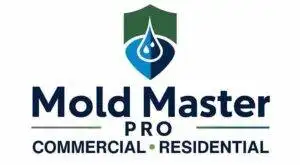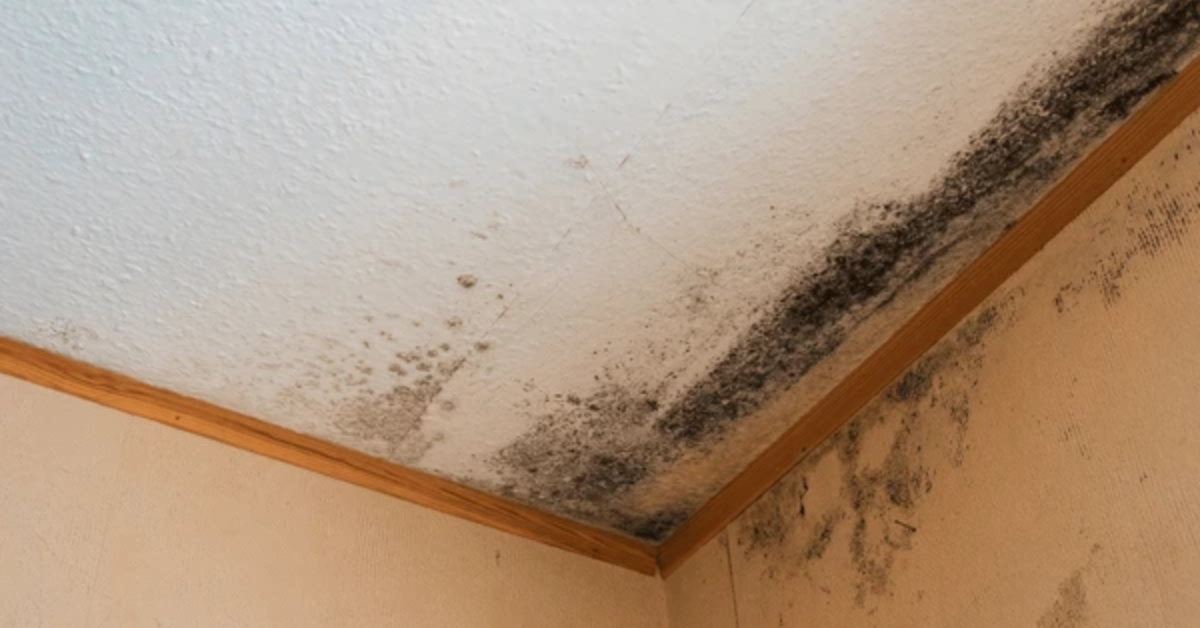Indoor air quality has become a growing concern in recent years, especially as more people spend the majority of their time inside their homes or workplaces. One of the most common concerns is mold, which can affect air quality and trigger various health problems, particularly allergies. While many turn to air filters to clean the air, they often fail to address the root cause of the issue: mold. In this article, we will explore why air filters fail to solve mold-related allergies and why professional mold remediation is the only real solution for allergy sufferers.
Understanding the Role of Air Filters in Indoor Air Quality
Air filters are a common household item found in air purifiers, HVAC systems, and even vacuum cleaners. They trap particles like dust, pet dander, and pollen, improving the air quality in enclosed spaces. Air filters, especially HEPA (High-Efficiency Particulate Air) filters, are designed to capture particles as small as 0.3 microns, which includes a range of allergens that can irritate the respiratory system.
The Limitations of Air Filters
While air filters can certainly reduce the amount of airborne particles, they have their limitations. When it comes to mold, the effectiveness of air filters is often overstated. Here are the key reasons why air filters may not be sufficient for addressing mold allergies:
- Air filters only trap airborne spores: Mold spores are a major trigger for allergies, but they are not the only issue when it comes to mold-related health problems. Mold can grow on surfaces such as walls, floors, ceilings, and in hidden places like HVAC ducts. Air filters can catch some airborne spores, but they do nothing to remove the source of the mold problem.
- Air filters become less effective when clogged: Over time, air filters accumulate dust, dirt, and other particles. This buildup can clog the filter, reducing its ability to capture particles effectively. If air filters aren’t replaced or cleaned regularly, their efficiency diminishes, leaving mold spores and other allergens to circulate through the air.
- Size and type of filter matter: Not all air filters are created equal. Some filters may not effectively capture the smallest mold spores, allowing them to continue floating in the air. Even the best air purifiers might not be enough to stop mold growth if it is widespread or hidden in hard-to-reach areas.
- Air filters cannot stop mold growth: Mold needs moisture to thrive. While air filters can help reduce the number of spores in the air, they cannot address the root cause of the problem—moisture buildup that leads to mold growth. If the source of moisture isn’t dealt with, mold will continue to grow and spread, regardless of how many filters you use.
How Mold Affects Air Quality and Health
Mold growth in indoor environments is not just an aesthetic issue; it can have serious health implications. Mold produces spores, which are tiny reproductive cells that travel through the air. When these spores are inhaled, they can trigger allergic reactions in sensitive individuals. Some people may experience mild symptoms, such as sneezing or a runny nose, while others may suffer more severe reactions, including asthma attacks or sinus infections.
The most common symptoms of mold exposure include:
- Nasal congestion
- Coughing or wheezing
- Itchy or watery eyes
- Skin rashes
- Headaches
- Fatigue
Mold exposure can worsen asthma symptoms and lead to more serious complications for individuals with asthma or other respiratory conditions. Long-term exposure can also lead to chronic respiratory problems and a decline in overall health.
Vulnerable Groups
Certain groups are more vulnerable to the health effects of mold exposure, including:
- Children and the elderly: Their immune systems are often weaker, making them more susceptible to mold-related health issues.
- Individuals with compromised immune systems: People undergoing chemotherapy or with conditions like HIV/AIDS are at a higher risk for mold-related illnesses.
- Individuals with respiratory conditions: Those with asthma, chronic obstructive pulmonary disease (COPD), or other lung diseases are more likely to experience severe reactions when exposed to mold spores.
Why Air Filters Alone Are Not Enough
While air filters can play a role in improving indoor air quality, they are not the solution to mold-related allergies. The only way to truly address the problem of mold is by removing the source of the issue through professional mold remediation. Here’s why:
Air Filters Do Not Remove Mold Sources
Mold spores are often just a small part of the problem. Mold can grow on a variety of surfaces, including wood, drywall, carpets, and even inside your HVAC system. Air filters are designed to trap airborne particles, but they do not remove mold from surfaces or prevent new mold from forming. Until the underlying mold growth is eliminated, the problem will persist, no matter how many air filters are used.
For example, mold can grow in your air conditioning system’s ducts or behind walls where it’s not visible. Air filters may capture some spores from the air, but they won’t address mold growth in these hidden areas. Mold remediation, on the other hand, involves removing mold from surfaces and addressing the source of the moisture that allows mold to thrive.
Air Filters Do Not Address Moisture Problems
One key reason mold thrives indoors is excess moisture. Leaky pipes, poor ventilation, or high humidity can create the perfect environment for mold to grow. Air filters do nothing to address these underlying moisture issues, meaning that mold can continue to spread despite having air filtration systems in place. Until the moisture problem is fixed, mold will continue to grow, even if spores are being filtered out of the air.
Clogged Air Filters Can Make Mold Worse
When air filters become clogged, they can actually worsen indoor air quality by preventing proper airflow. This can lead to a buildup of moisture in the air, which can further promote mold growth. A clogged air filter could also cause mold spores to circulate throughout the home or business, exacerbating allergic reactions and worsening symptoms for allergy sufferers.
The Real Solution: Mold Remediation
The only way to truly solve mold-related allergy issues is through professional mold remediation. Mold remediation service involves a comprehensive approach to identifying, containing, and eliminating mold from the affected areas. It also addresses the root cause of the mold problem—excess moisture. Here’s a breakdown of the typical mold remediation process:
Mold Inspection
A professional mold remediation service starts with a thorough inspection to identify areas of mold growth. Experts use specialized equipment, such as moisture meters and infrared cameras, to detect hidden mold growth and moisture sources. This step is crucial for understanding the extent of the mold problem and ensuring that no areas are overlooked.
Containment
Once mold is found, the affected areas are contained to prevent spores from spreading to other parts of the building. This often involves setting up barriers and using negative air pressure machines to keep contaminated air from circulating.
Mold Removal
The next step is physically removing mold from surfaces. This can involve scrubbing mold off walls, ceilings, and other surfaces using specialized cleaning solutions. In more severe cases, materials like drywall or carpeting may need to be removed and replaced.
Cleaning and Disinfection
After the mold has been removed, the affected areas are thoroughly cleaned and disinfected to ensure that no spores remain. HEPA vacuums and air scrubbers are used to clean the air and remove any lingering spores from the environment.
Moisture Control and Prevention
One of the most important parts of the mold remediation process is addressing the underlying moisture issue. Mold will continue to return if the source of the moisture is not fixed. Mold remediation professionals can help identify and fix leaks, improve ventilation, and offer solutions to control humidity levels in the building. Preventing future mold growth is a key part of the process.
Why Mold Removal Is the Only True Allergy Solution
While air filters can help improve indoor air quality in certain ways, they are not the ultimate solution to mold-related allergies. Mold remediation provides the only comprehensive solution by addressing both the symptoms and the source of mold growth. If you are suffering from mold allergies, professional mold remediation is the best way to ensure that your home or business is safe and healthy.
Mold Master Pro LLC: Your Trusted Mold Remediation Provider
At Mold Master Pro LLC, we understand the impact that mold can have on your health and home. As a trusted provider of professional mold remediation services in Hartford County, Connecticut, we are committed to ensuring that your environment is free of mold and its harmful effects. Our certified team uses advanced equipment and techniques to detect, remove, and prevent mold growth effectively, ensuring a safe and healthy living or working space.
If you’re struggling with mold-related allergies or suspect that mold may be affecting your indoor air quality, don’t wait. Contact Mold Master Pro LLC today for a comprehensive mold inspection and tailored remediation plan. Let us help you create a healthier environment for you and your family or business.


